5 Components of a Helpful Review

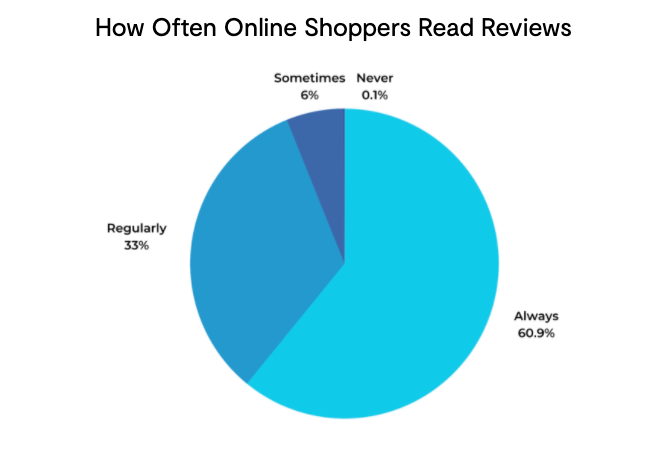 Reviews were once a novel concept. But today, they’re an important resource consumers depend on to make decisions of all kinds, from what products to purchase to which businesses to visit — and everything in between. In fact, a survey from PowerReviews found that 94% of consumers always or regularly consult reviews when shopping online. And according to BrightLocal, 87% of consumers read reviews for local businesses.
Reviews were once a novel concept. But today, they’re an important resource consumers depend on to make decisions of all kinds, from what products to purchase to which businesses to visit — and everything in between. In fact, a survey from PowerReviews found that 94% of consumers always or regularly consult reviews when shopping online. And according to BrightLocal, 87% of consumers read reviews for local businesses.
Not only do reviews help consumers make better purchase decisions, they also help brands grow sales. Per Bazaarvoice, even a single review can bring a 10% lift in purchases; and 50 reviews can drive a 30% increase in orders.
But not all reviews are helpful reviews. While one review might help dozens of future shoppers make informed purchase decisions, another might prove to be far less useful.
The Elements of a Helpful Review
What exactly is it that makes one review helpful and another…not so helpful? Let’s explore the five components of a helpful review — as well as tips for generating and leveraging more of this helpful content.
1. Star Rating
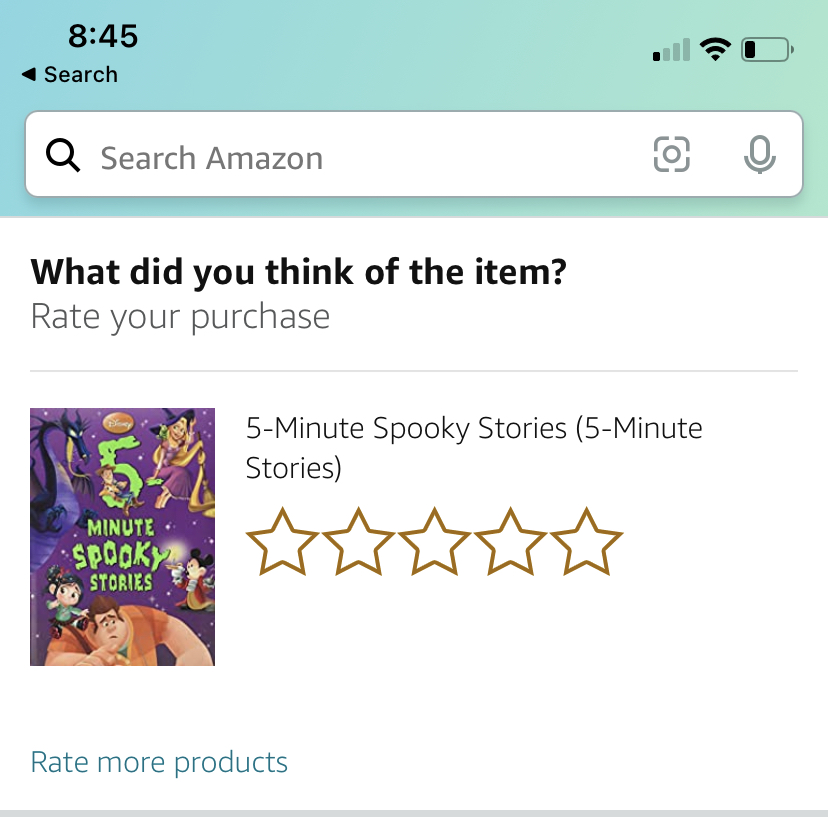 It’s probably not surprising that consumers are more likely to buy products with higher average star ratings. Per data from Yotpo, products with an average star rating of 4 get 11.6 times more orders than products with an average star rating of 3.
It’s probably not surprising that consumers are more likely to buy products with higher average star ratings. Per data from Yotpo, products with an average star rating of 4 get 11.6 times more orders than products with an average star rating of 3.
Brands must make it a priority to generate positive reviews. The best way to do that is to deliver great products and experiences.
But remember: the occasional bad review isn’t the end of the world. After all, negative reviews are an important tool to help shoppers identify what products are (and aren’t) a good fit for their needs. According to PowerReviews, 52% of consumers specifically seek out one-star reviews.
What’s more, the occasional negative review can help you foster trust with shoppers. Research from Northwestern University found that the purchase probability for a given product peaks when the product has an average star rating between 4.0 and 4.7. When the average star rating surpasses 4.7, the purchase probably actually decreases. That’s because consumers know that a single product can’t be all things to all people — and they perceive a product with a perfect 5.0 star rating to be “too good to be true.”
Finally, negative reviews can be a great source of insights that can help you improve your products and customer experiences. And by making impactful, data-based improvements, you’ll improve customer satisfaction.
2. Written Commentary
Some platforms (including Amazon, Walmart.com and Google, among others) allow consumers to leave a star rating without providing a written review.
This certainly makes things easier for consumers — and likely increases the volume of ratings a brand can generate.
But ratings alone aren’t as helpful as a rating with an accompanying review, which provides additional commentary for why the particular rating was chosen.
For example, this two-star rating for a light fixture isn’t very helpful. We don’t know what it was about the item that the shopper didn’t like.

However, this two-star rating with an accompanying review is helpful because the text explains why the customer wasn’t satisfied with the product.

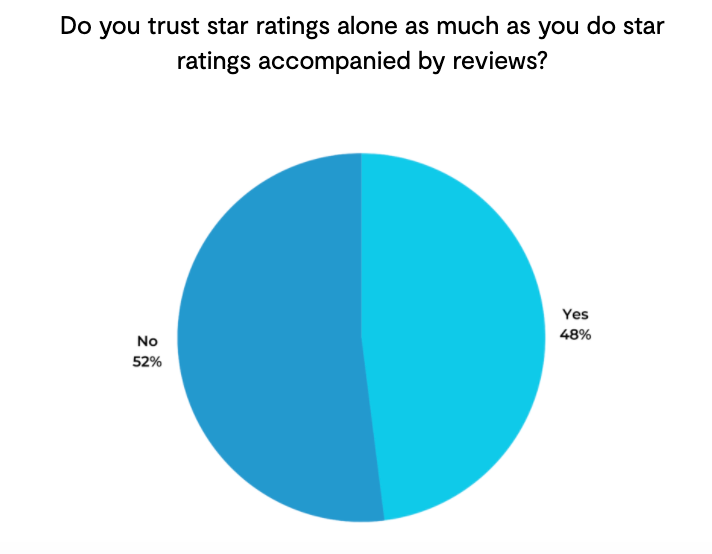 While star ratings alone are powerful, consumers trust them even more, when they are accompanied by a written review.
While star ratings alone are powerful, consumers trust them even more, when they are accompanied by a written review.
So, when you’re requesting feedback from your customers, encourage them to leave reviews in addition to a star rating. This commentary will help future shoppers make more informed purchase decisions — and it’ll help your brand better understand what shoppers like (and don’t like) about your products, locations and experiences.
3. Length and Detail
Sometimes, consumers will write vague reviews that don’t provide much detail. For example, here’s a one-star review for a bed — and the only commentary is that it’s “awful.” This review isn’t very helpful, as future shoppers have no idea what the consumer found so awful about the product.

Other times, consumers will leave detailed reviews. For example, this one-star review for the same bed explains that the product itself was fine — it was the delivery estimates that disappointed the shopper. This review is more helpful because shoppers get a clear picture of what the customer didn’t like about their experience. Then, they can decide if this “worst case scenario” is something they can live with.

In general, longer reviews are more helpful than shorter ones. And there’s data to back that claim. An analysis from PowerReviews found that reviews that are longer tend to generate more “helpful” votes than their shorter counterparts.
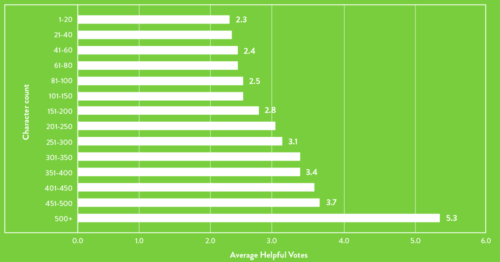
Make it a priority to generate longer, more detailed reviews from your customers. One way to do that is to embed “prompts” in your review submission form that give customers things to consider when drafting their reviews. For example, this review submission form for lipstick asks the reviewer to provide comments on how they use the product, which features they liked, and which they didn’t.
Another way to generate longer reviews is to require a minimum character count before a review can be submitted. For example, if a consumer tries to submit a short review for this vacuum cleaner, red text appears letting them know the review is too short. Once the review is long enough, a green checkmark appears.

4. Review Recency
You might have a boatload of reviews for a given product. But if the reviews are old, consumers probably won’t find them to be helpful.
A survey from PowerReviews found that 71% of consumers consider recency when reading reviews. And per a report from Influenster, a third of shoppers indicate that reviews written in the last month are more reliable than older reviews.
The most helpful reviews are those that are fresh and recent. Consider doing an audit to identify products with outdated reviews — and then focus on generating fresh reviews for these products.
5. The Presence of Visual Media (aka Photos and Videos) within Reviews
Consumers want to see photos and videos of the products they’re considering. This visual content gives shoppers a better idea of what to expect from products, which is especially important when they’re shopping online and don’t have the luxury of seeing the products in person before making a purchase.
But brand-provided photos and videos aren’t enough. According to Yotpo, 77% of consumers prefer to see visual content from other shoppers, as opposed to content from the brand.
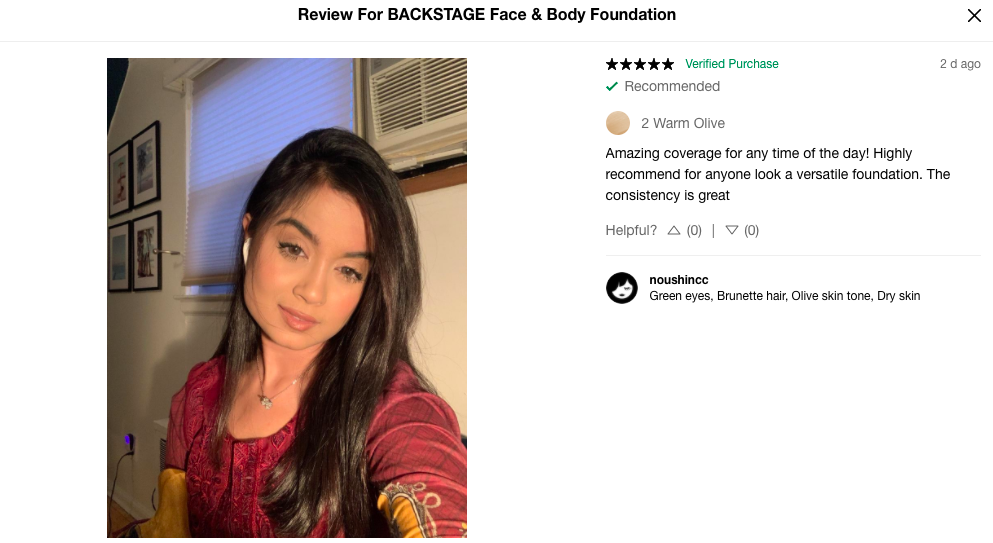
Brands that collect and display visual content from their shoppers see a big payoff. PowerReviews research found that 85% of shoppers are more likely to purchase a product if it has reviews that include visual content.
The presence of photos and videos makes reviews even more helpful. So be sure your customers can easily submit photos and videos of the products they’ve purchased, right alongside their written review. For example, a consumer who purchased this pair of shoes can include an image of their child wearing them as part of their first day of school outfit.
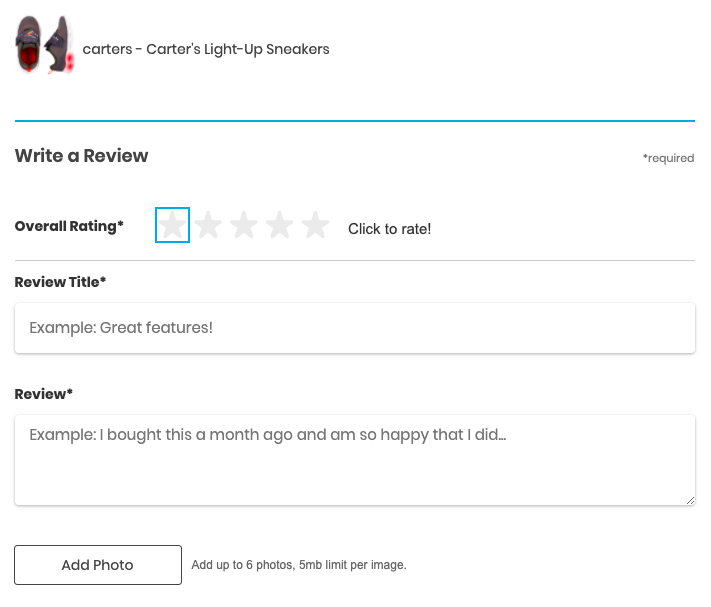
Start Engaging with Helpful Reviews
Helpful reviews empower consumers to make better purchase decisions. But generating and displaying this content isn’t enough. Instead, start engaging with your customers by responding to helpful reviews. It’s a great way to turn negative situations around and deepen relationships with happy customers. And, leverage helpful reviews to identify opportunities to improve your products and experiences. By making impactful improvements, you’ll boost customer satisfaction, loyalty and sales.